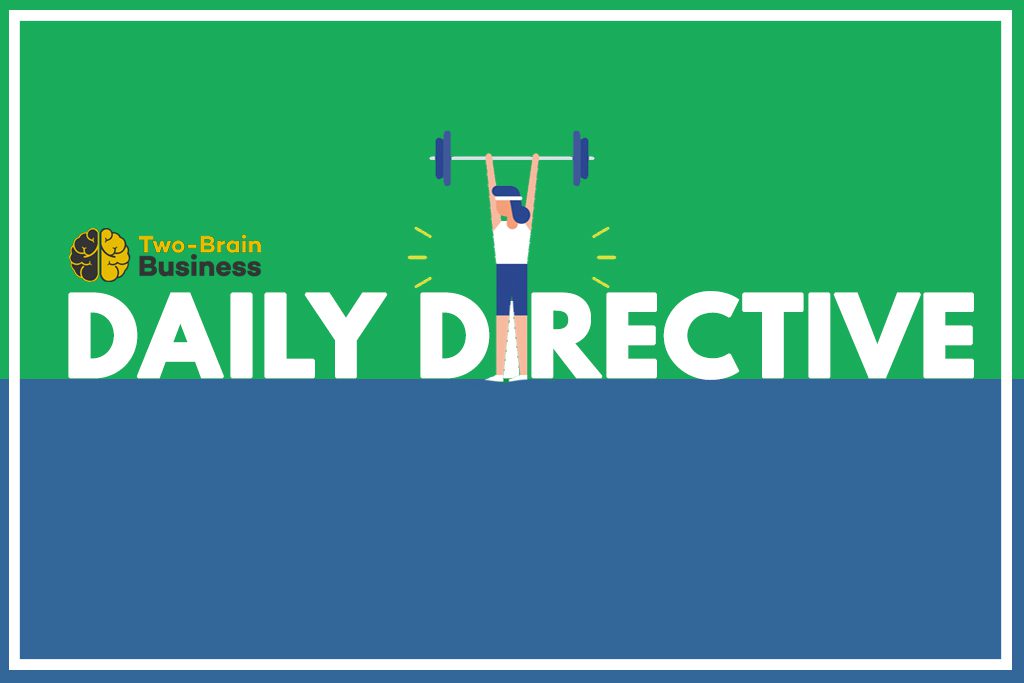Daily Update
More and more owners are using attendance restrictions to build up their personal-training and small-group training business.
When you calculate the effective hourly rate (how much you actually earn per hour, on average) of small-group training, many coaches would earn far more training four people than 12.
So why did so many of us skip personal training and jump straight to selling group classes? How did CrossFit, especially—which started as 1:1 and small-group personal training—become associated with large groups of 12 or more?
Here’s how things fit together in my experience:
I’ve been lucky enough to break bread with some of the staff and clients of the very first CrossFit gym over the last few years. I discovered that the program started the same way I did: with personal training.
As schedules filled, people were grouped into pairs. Clients with similar goals were matched at first, but over time convenience trumped finding perfect partners, so client appointments were planned around their schedules. Instead of putting all the top athletes together, clients were grouped at 6 a.m. or noon, for example, because that’s when they could show up.
In Annie Sakamoto’s interview on our site, you can hear her tales of the early days of “HQ.”
For me, the mistaken thinking that “CrossFit = big groups” came from the 2008 Affiliate Business Seminar, where John Burch shared his plan for growing boxes. I think he might have come from the martial-arts community, where it’s commonplace to pack classes because everything is choreographed and there’s minimal equipment.
This was the only voice in the “CrossFit business” for years, so, following the lead, I pursued big groups at any cost. It almost bankrupted me. Incidentally, gyms that relied only on big-group classes had a much tougher time during the Covid Crisis.
Elsewhere in the industry, though, trainers were taking a different path: They were scaling from 1:1 to small-group training, selling shorter-term challenges and nutrition coaching, and slowly becoming far more profitable than most owner-operated CrossFit gyms. Jack Wheeler is one example. Now, hundreds of gym owners are realizing they skipped a couple of steps and are considering returning to personal training or small-group training.
Daily Lesson
Gym owners: Download our free guide “How to Add $10k of Personal Training Revenue to your Gym in 30 Days or Less.”
Coaches: Read the blog “How to Make a Living as a Personal Trainer.” (I did it for eight years before finding CrossFit.)
Daily Directive
Set your rates for personal training according to the instructions in our free guide above. Then determine your rates for small-group coaching (also in the guide). Look at your top PT clients and create one pairing. This is how you scale.

